Fentanyl, a synthetic opioid that is 50 to 100 times more effective than morphine, was initially developed as a strong prescription medication to treat severe pain, particularly after surgery and during the later stages of cancer.1 Fentanyl has proliferated throughout the country over the past twenty years, revolutionizing the illegal drug market and playing a significant role in both fatal and nonfatal uses of it. One gram of pure fentanyl can be cut into approximately 7,000 doses for street sale. Fentanyl comes in two varieties: that which is legally produced and that which is produced illegally. Legal fentanyl is most often found in anesthetics used in medical settings, whereas illegal fentanyl is used based on desire and irrational ability. Due to the synthetic opioid’s high strength, other narcotics are frequently mixed with it to make it stronger, more addictive, and more cost-effective.2
Since fentanyl is entirely synthetic, it might result in a variety of derivatives (pills laced with other harmful drugs, intravenous samples, etc.), making it challenging for any drug enforcement agency to locate every seller currently on the market. It is thought that a significant portion of the fentanyl that is illegally created in the United States, including active pharmaceutical components and preparations, is made in foreign illegal synthesis facilities.2
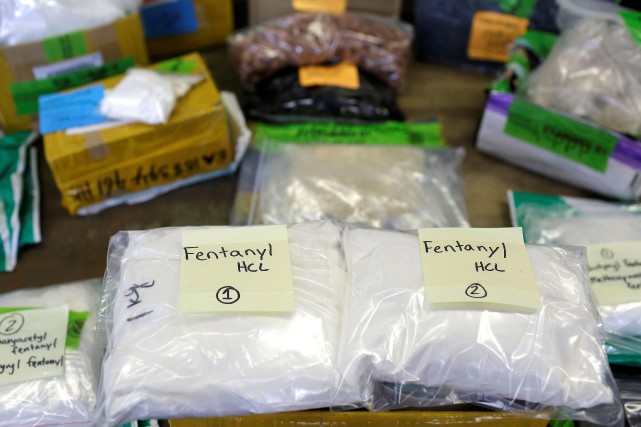
With the prolonged crisis comes cheaper ways of production, which allow for easy consumption. This exact issue is what killed college undergraduate Jake Stiles. Jake was a young adult raised by Tom and Rhonda Stiles; however, like many young adults, symptoms such as depression, anxiety, and stress tend to become apparent. Jake’s parents claimed he suffered from symptoms of anxiety and had tendencies to get overwhelmed faster than the average individual. Jake was prescribed the antidepressant Zoloft by his doctors to ease this issue. To Jake, college seemed like the way out.4
Like any other student attending university, Jake left home to find himself. He went to create a life for himself from the previous years where hard work was contributed. Jake attended Southern Methodist University in Dallas, Texas. He “belonged to the community.” He was a lifeguard, a master of jokes, and an inductee into one of Southern Methodist University’s fraternities known as Sigma Alpha Epsilon (SAE).5
While a university environment expects academic rigor, the growth of networks and social groups, and the attainment of a degree, it frequently fails to consider intense behaviors, pressure susceptibility, and irrational decision-making. The college lifestyle grasps the attention of young minds because it represents the freedom and independence that they are striving for. College is often the first time many students are living away from their parents, and this newfound freedom allows them to explore new interests. However, while young and deconditioned minds are inclined to new ideas, not all ideas are worth acting upon.
On the night of December 6, 2006, an irreversible tragedy occurred. A party was hosted at the Sigma Alpha Epsilon (SAE) house by multiple brothers, including Jake. There were a variety of student classes that attended the party. Prior to the party, it was clear, based on the threads left within Jake’s phone, that one of the brothers had sent Jake to go out and acquire drugs for this party. It was later discovered that the drugs consisted of cocaine and morphine patches. This became evident based on the eighteen text threads between Jake and some of the other fraternity brothers. Messages reading, “Sure, I’ll do a rail” or “That was a delicious morph patch.” It was clear from the texts left on Jake’s phone that he had helped host, acquire, and consume drugs at the event. Jake was found lying lifelessly on his couch in his room at the Sigma Alpha Epsilon (SAE) fraternity house by friends who were also living there.6
After Jake had been found, a series of tests were run to discover what killed the young individual. The autopsy confirmed that alcohol and drugs, particularly cocaine and fentanyl, had been consumed by the undergraduate. After a further investigation performed by police, it was evident that the autopsy was relevant based on a response from Jake to one of the participating fraternity brothers when he was asked, “How long ago did you take it,” to which he replied, “I took half last nite and half tonite…perfect dose.” This text was sent at 2:46 a.m., the last time anyone had heard from Jake.7
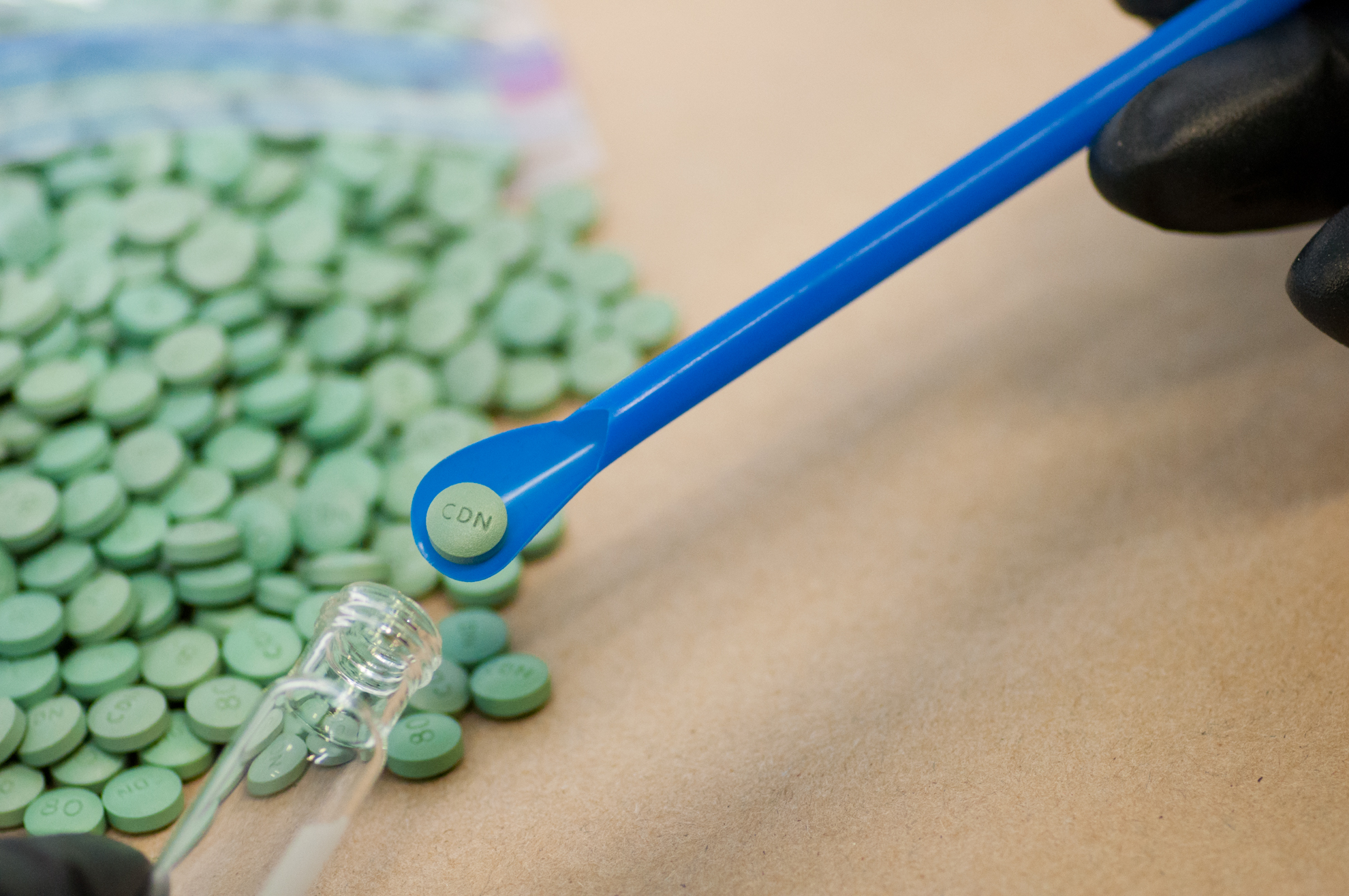
Jake’s death became a public nightmare for his family and for the campus of Southern Methodist University. The incident lowered the reputation of the prestigious campus, and his death ached the hearts of friends, family, and those who knew him.
Deaths related to drug overdoses and fatalities among fentanyl and other illegal drug productions have been documented on a national scale. Between 1995 and 2005, the age adjusted death rate from unintentional drug poisioning in the United States increased by 87.5%, from 4.0 to 7.5 per 100,000 population; the corresponding number of deaths increased from 11,155 to 22,448. Jake is one out of those 22,448 deaths that occurred due to ingestion, consumption, or use of drugs laced and manufactured with fentanyl within the last decade. The everlasting impacts on the communities that are exposed to the fentanyl crisis continue to be tragic. Lives are lost, communities are subjected to poverty, and the younger generations become more susceptible to common practices. It is not just those who partake in the fentanyl crisis who are affected. It is everyone, and it is everywhere.8
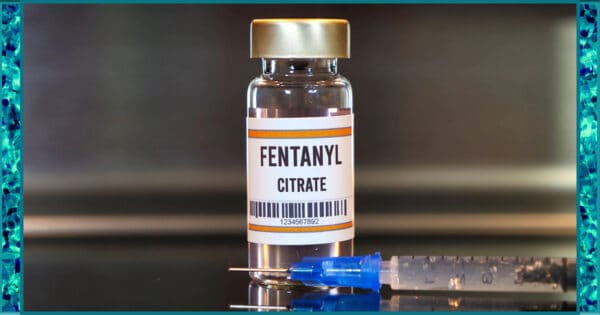
The fentanyl crisis has significantly strained healthcare and law enforcement sectors. The number of drug-related offenses, including drug trafficking and possession, has increased, according to law enforcement organizations. Due to unintentional exposure, police personnel are becoming more and more susceptible to fentanyl overdoses. First responders have occasionally had to give numerous doses of Narcan, a drug that helps reverse opioid overdoses, to save the life of a single victim. Additionally, there have been more visits to emergency rooms due to drug overdoses because of the growth in opioid addiction. This growing demand has placed a significant strain on hospitals and healthcare providers, resulting in longer wait times, a lack of resources, and financial difficulties. As a result, many medical centers have resorted to alternate treatment approaches, such as telemedicine, to help reach more people in need of care. The burden on law enforcement and hospital institutions is a clear sign of the fentanyl crisis’s dreadful impact on society as well as a call to action to solve the rising problem.9
To handle the hazards that coincide with the fentanyl crisis, a multiple-step call to action is required. These include the lowering and prevention of opioid drug usage, allowing more cost-effective rehab and correction services, and asserting professional care for those in need of prescriptive medications and injections. Governments should also work with law enforcement to combat drug trafficking while also providing resources for drug education and prevention. In Portugal, for example, the government decriminalized all drug possession and prioritized drug treatment and harm reduction efforts, resulting in a dramatic decrease in overdose deaths, HIV and Hepatitis C infections, and drug usage. Furthermore, prevention measures such as safe injection facilities in Vancouver, Canada, have shown significant decreases in drug overdose deaths and hospitalizations. To address the current crisis in a compassionate and effective manner, it is evident that a mix of prevention, treatment, and harm reduction strategies is required. Society can battle the fentanyl crisis and restore hope to families and communities impacted by this horrific pandemic by banding together and taking a proactive approach. When does it stop? When does it end? We determine the futures of adolescents such as Jake Stiles and their accessibility to illegal drugs such as fentanyl. The blood stains our hands. 10
- Liang Xiao, “The Fentanyl Facts,” Beijing Review, vol. 65, no. 35, (Sept. 2022): 32. ↵
- Ts Jones et al., “Nonpharmaceutical Fentanyl-Related Deaths- Multiple States, April 2005- March 2007,” JAMA: Journal of the American Medical Association 300, no. 13 (10/1/2008): 1512. ↵
- Ts Jones et al., “Nonpharmaceutical Fentanyl-Related Deaths- Multiple States, April 2005- March 2007,” JAMA: Journal of the American Medical Association 300, no. 13 (10/1/2008): 1512. ↵
- Nate Blakeslee, “An Isolated Incident,” Texas Monthly 37, no. 2 (February 2009): 108. ↵
- Nate Blakeslee, “An Isolated Incident,” Texas Monthly 37, no. 2 (February 2009): 106. ↵
- Nate Blakeslee, “An Isolated Incident,” Texas Monthly 37, no. 2 (February 2009): 108. ↵
- Nate Blakeslee, “An Isolated Incident,” Texas Monthly 37, no. 2 (February 2009): 108. ↵
- Ts Jones et al., “Nonpharmaceutical Fentanyl-Related Deaths- Multiple States, April 2005- March 2007,” JAMA: Journal of the American Medical Association 300, no. 13 (10/1/2008): 1513. ↵
- Liang Xiao, “The Fentanyl Facts,” Beijing Review, vol. 65, no. 35, (Sept. 2022): 32. ↵
- M. C. Kennedy, K Hayashi, and T. Kerr, “Expanding Overdose Prevention Sites in Vancouver, Canada, Has Beneficial Health Impacts,” Recovery Research Institute, May 27, 2022, 986-997, https://www.recoveryanswers.org/research-post/expanding-overdose-prevention-vancouver-canada-beneficial-health-impact/. ↵
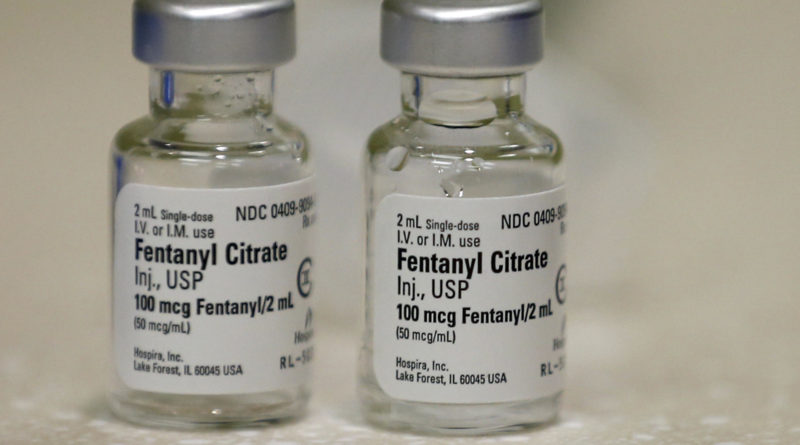


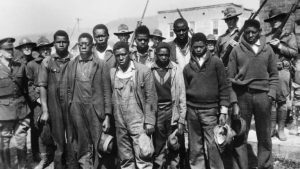
2 comments
Andrew Ponce
This article is truthfully so crucial to the current time we are in. The issue of Fentanyl is one that has been underestimated as of late in the United States. This article mentions its history and its effect on the human body. Many people may not know the true effects of such a powerful drug; however, this article informs the reader of its dangers and its capabilities. The article warns its audience through telling a true story that can impact and reach the reader on a more emotional level. This is a great and necessary publication!
Gaitan Martinez
Great article! I did not know much of fentanyl other than it was a drug used to numb pain, and it can be used legally and illegally. Thanks to Ms. Stiles, I know a lot more. I also really do appreciate the personal story of Jake Stiles, who really made the article stick out more. I lost a co-worker to fentanyl overdose too. His name was Daniel, sadly passed not too long after joining my work. He told me he was from Arizona, and wasn’t happy because of some personal issues. However, he moved to Texas, started over, and was happier. Sadly, that happiness didn’t last long, he stopped showing up to work, and we all just assumed he quit, then a friend of his came by and delivered the news. Although I didn’t know him for long, he really seemed like a great guy.